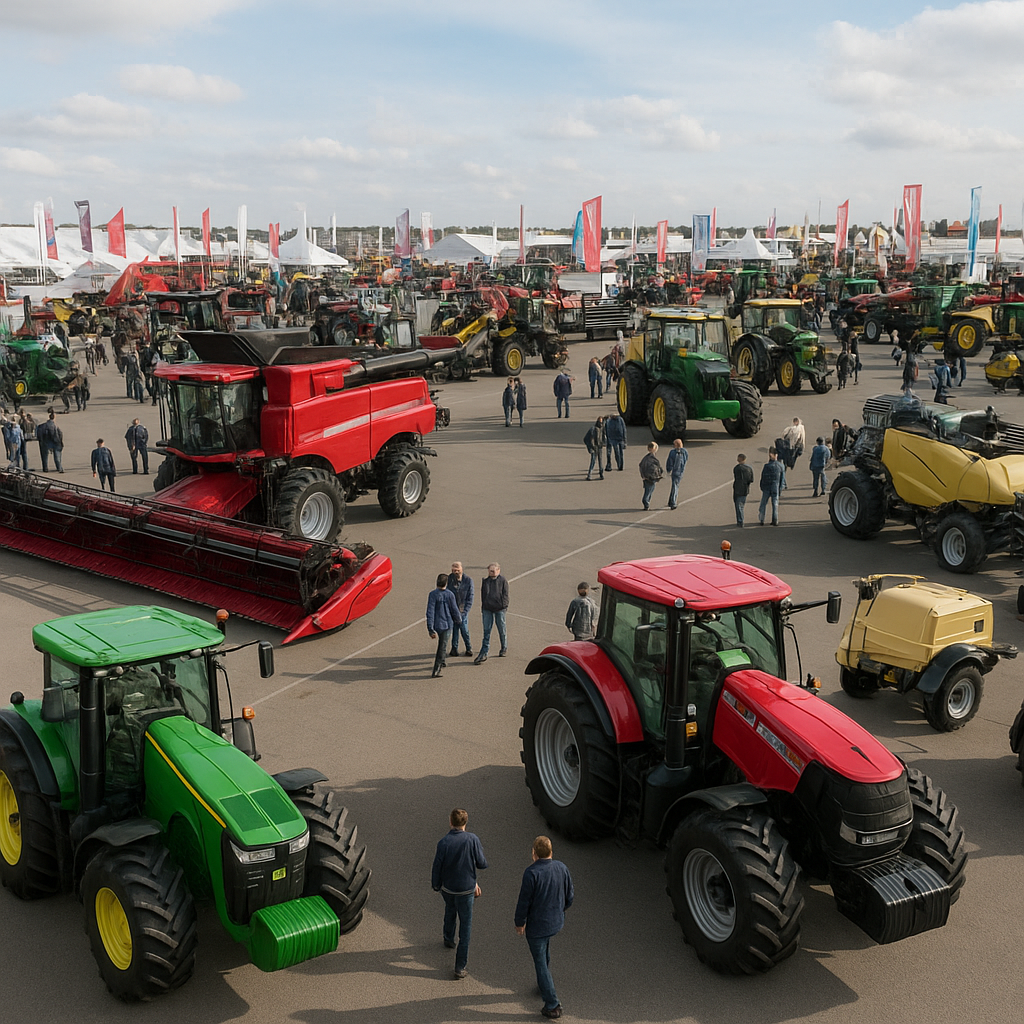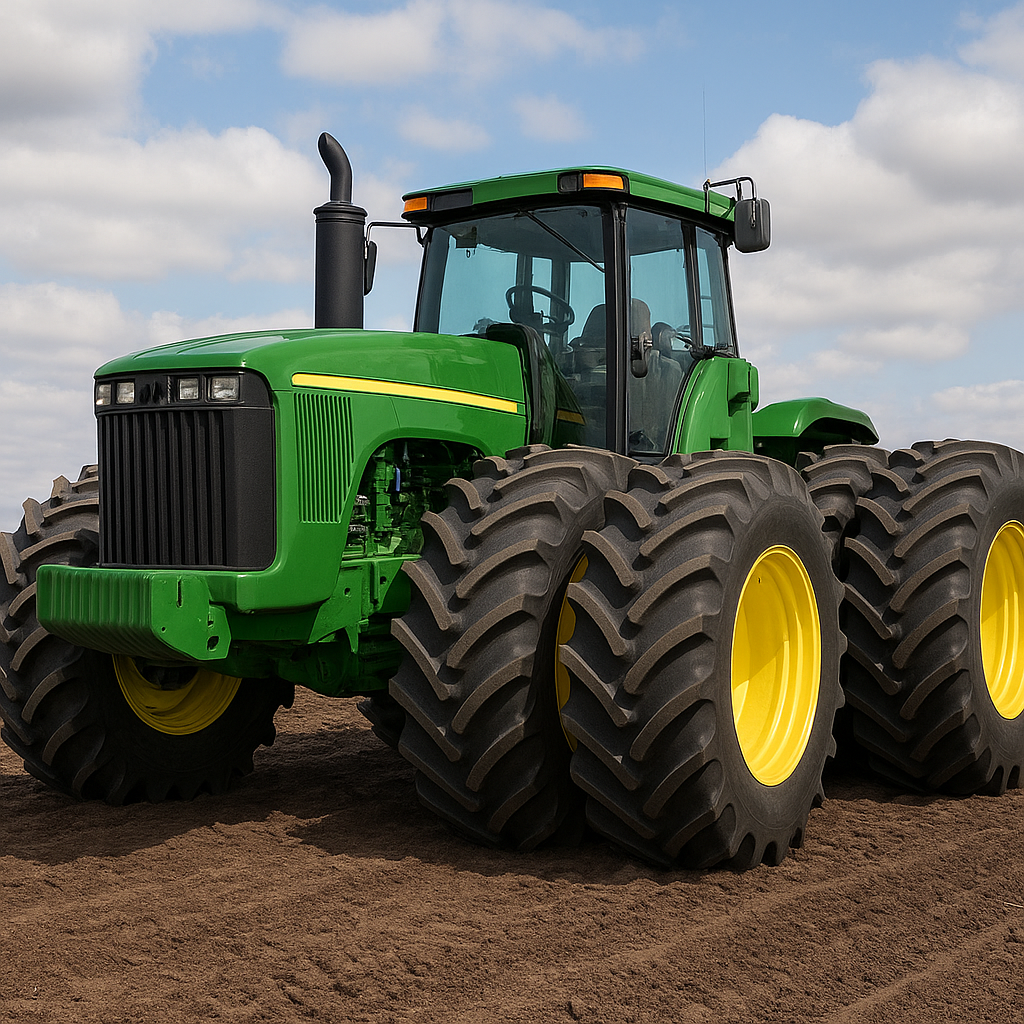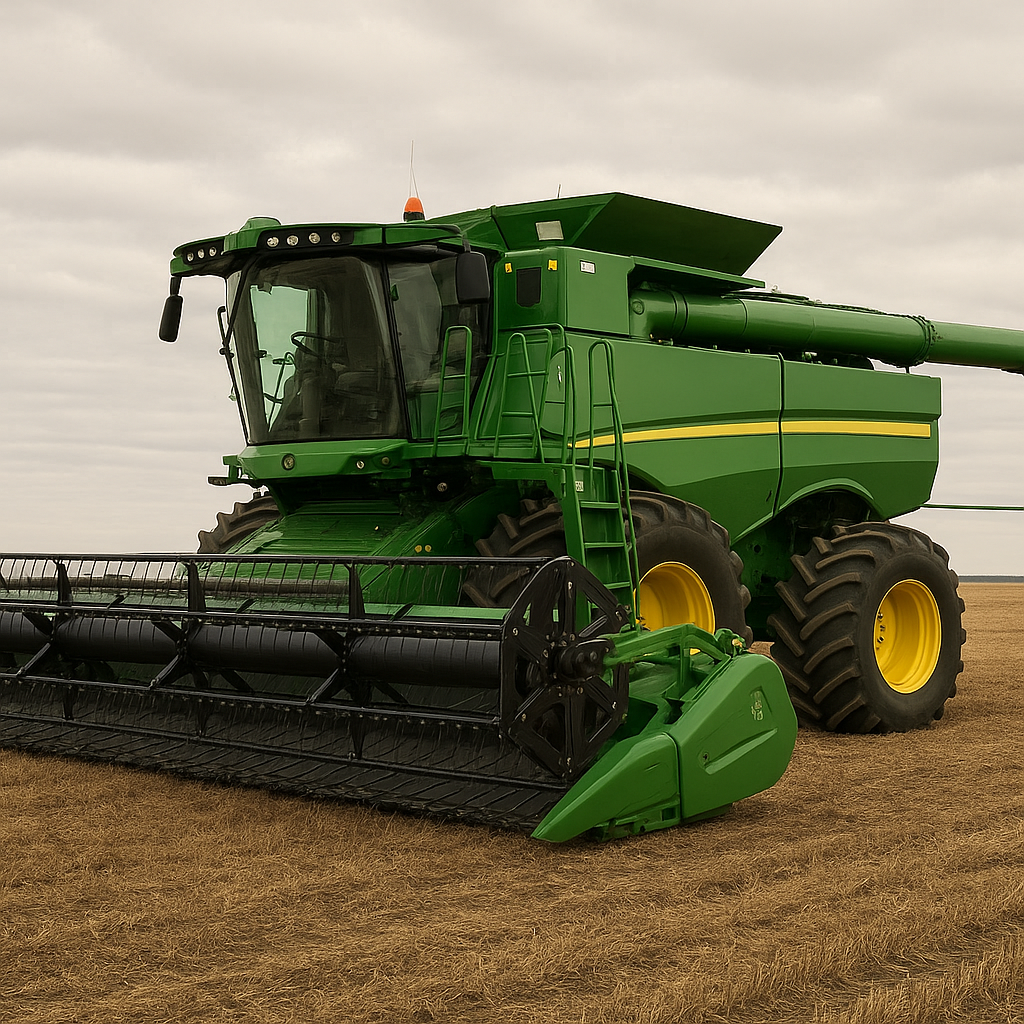In the world of modern agriculture, the biggest tractors are not just about size and power; they are also about advanced technology and data management. These colossal machines are equipped with cutting-edge features that enable farmers to optimize their operations, increase efficiency, and improve yields. This article delves into the realm of the biggest tractors, exploring their capabilities, technological advancements, and the impact they have on the agricultural industry.
The Evolution of Tractor Size and Power
The history of tractors dates back to the early 20th century when they were first introduced as a replacement for animal-drawn plows. Over the decades, tractors have evolved significantly in terms of size, power, and functionality. The biggest tractors today are a testament to this evolution, boasting impressive horsepower, advanced hydraulics, and sophisticated control systems.
One of the most notable examples of a large tractor is the Big Bud 747, which holds the title of the world’s largest tractor. Built in 1977, this behemoth weighs over 100,000 pounds and is powered by a 16-cylinder Detroit Diesel engine that produces 1,100 horsepower. The Big Bud 747 was designed for large-scale farming operations, capable of pulling massive plows and other heavy equipment with ease.
Another example is the John Deere 9RX series, which includes some of the most powerful and technologically advanced tractors on the market. These tractors are equipped with engines that produce up to 620 horsepower and feature advanced track systems for improved traction and stability. The 9RX series also includes state-of-the-art precision farming technology, allowing farmers to monitor and control their operations with unparalleled accuracy.
Technological Advancements in Modern Tractors
The biggest tractors are not just about raw power; they are also equipped with a range of advanced technologies that enhance their performance and efficiency. One of the most significant advancements in modern tractors is the integration of precision farming technology. This includes GPS guidance systems, automated steering, and real-time data collection, all of which help farmers optimize their operations and reduce waste.
GPS guidance systems allow tractors to follow precise paths across fields, minimizing overlap and ensuring that every inch of the field is covered. This not only improves efficiency but also reduces fuel consumption and wear on the equipment. Automated steering systems take this a step further by allowing tractors to operate autonomously, freeing up the farmer to focus on other tasks.
Real-time data collection is another key feature of modern tractors. Sensors and cameras mounted on the tractor collect data on soil conditions, crop health, and other factors, providing farmers with valuable insights that can help them make informed decisions. This data can be analyzed using advanced software, allowing farmers to identify trends, predict yields, and optimize their operations.
The Impact of Big Tractors on Agriculture
The biggest tractors have a profound impact on the agricultural industry, enabling farmers to work more efficiently and effectively. With their immense power and advanced technology, these machines can cover large areas of land quickly and accurately, reducing the time and labor required for farming operations.
One of the most significant benefits of big tractors is their ability to handle large-scale farming operations. In regions with vast expanses of farmland, such as the Midwest United States, these tractors are essential for planting, cultivating, and harvesting crops. Their size and power allow them to pull large implements, such as plows, seeders, and harvesters, making it possible to complete tasks that would be impossible with smaller equipment.
In addition to their physical capabilities, the advanced technology integrated into modern tractors also plays a crucial role in improving agricultural productivity. Precision farming technology, for example, allows farmers to apply fertilizers, pesticides, and other inputs with pinpoint accuracy, reducing waste and minimizing environmental impact. This not only helps farmers save money but also promotes sustainable farming practices.
Challenges and Future Trends
While the biggest tractors offer numerous benefits, they also come with their own set of challenges. One of the primary concerns is the cost of these machines, which can be prohibitively expensive for small and medium-sized farms. Additionally, the complexity of the technology integrated into modern tractors requires specialized knowledge and training, which can be a barrier for some farmers.
Despite these challenges, the future of big tractors looks promising. Advances in technology continue to drive innovation in the agricultural industry, with new developments in automation, artificial intelligence, and data analytics poised to revolutionize farming practices. As these technologies become more accessible and affordable, it is likely that we will see even greater adoption of big tractors and precision farming techniques.
In conclusion, the biggest tractors are a testament to the incredible advancements in agricultural technology. These machines combine immense power with cutting-edge features, enabling farmers to work more efficiently and effectively. As the agricultural industry continues to evolve, the role of big tractors will undoubtedly remain crucial, helping to meet the growing demand for food and ensuring the sustainability of farming practices for future generations.









